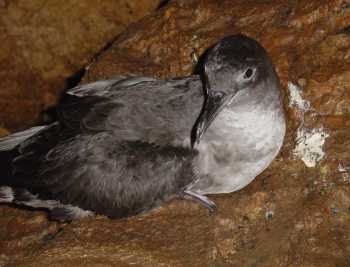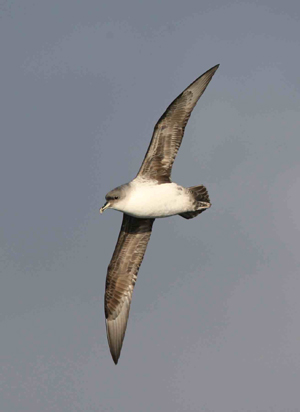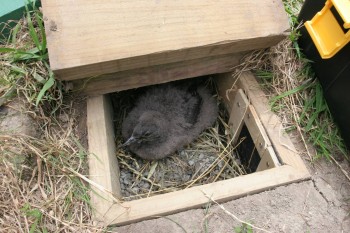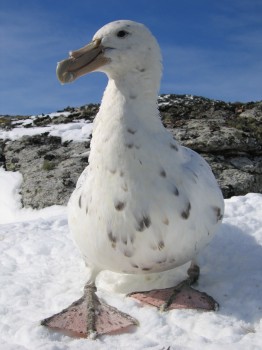Henri Weimerskirch (Centre d’Etudes Biologiques de Chizé, Villiers en Bois, France) and colleagues have published in the online and open-access journal Scientific Reports on differing migratory strategies of two populations of Wandering Albatrosses Diomedea exulans.
The paper’s abstract follows:
“Migratory behavior, routes and zones used during the non-breeding season are assumed to have been selected to maximize fitness, and can lead to genetic differentiation. Yet, here we show that migration strategies differ markedly between and within two genetically similar populations of wandering albatross Diomedea exulans from the Crozet and Kerguelen archipelagos in the Indian Ocean. Wandering albatrosses usually breed biennially if successful, and during the sabbatical year, all birds from Kerguelen migrate to the Pacific Ocean, whereas most from Crozet are sedentary. Instead of taking the shortest routes, which would involve a return against headwinds, migratory birds fly with the westerly winds, requiring detours of 10,000s km. In total, migrants circumnavigate Antarctica 2 to 3 times, covering more than 120,000 km in a single sabbatical year. Our results indicate strong links between migratory behavior and fitness; all birds from Kerguelen breed biennially, whereas a significant proportion of those from Crozet, especially females, are sedentary and breed in consecutive calendar years. To breed annually, these females temporarily change mate, but return to their original partner in the following year. This extreme variation in migratory behavior has important consequences in term of life history evolution and susceptibility to climate change and fisheries."
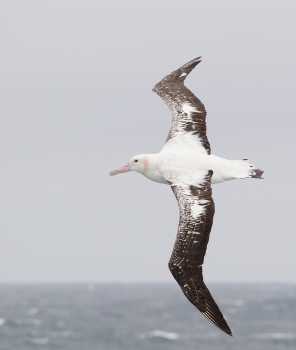
Wandering Albatross at sea, photograph by John Chardine
With thanks to Richard Phillips for information.
Reference:
Henri Weimerskirch, H., Delord, K., Guitteaud, A., Phillips, R.A. & Pinet, P. 2015. Extreme variation in migration strategies between and within wandering albatross populations during their sabbatical year, and their fitness consequences. Scientific Reports 5, No. 8853. doi:10.1038/srep08853.
J. Cooper, ACAP Information Officer, 14 March 2015

 English
English  Français
Français  Español
Español 